With home loan interest rates still relatively low across the country, now might be the time to look at financing your dream log home or refinancing for a fun remodel! This can be a tedious process and its best to get started early. As you begin the process, you will find that there are some differences in financing a log home compared to financing a conventional home. In areas where log homes are typical, such as the northern Wisconsin, appraisers will often have little trouble locating nearby sales of similar homes, which makes assigning a value to a log home fairly simple. In areas where log homes are uncommon, however, assigning a value can be a challenge.
We wanted to share some thoughts about both new home and refinance loans you might consider…
Getting Your Loan
- Pre-qualify, so you are better able to plan within your budget.
- Learn about the real estate market in the area where you are going to build. Realtors are a great resource for this. This is beneficial during a remodel as well. It is critical in understanding home value vs cost…Location, location, location, as they say.
- What down payment is required? You will find that each lender has different policies. Most lenders require a 20-50% down payment on a conventional loan. The size of the loan can also determine the down payment percentage. If you own the land outright, the equity in the land may count towards your down payment needs.
Selecting A Lender for New Construction
- Look for an experienced construction lending loan officer, preferably in log or timber frame construction. You will want to deal with an expert that you can rely on during the building process.
- Ensure your lender will accommodate the required payment terms of your log home or timber frame company. Understanding this upfront can save many challenges later in the process.
- Lenders offer two types of construction loans:
- With a Two-Time Closeloan, the construction loan is refinanced into a new permanent mortgage loan once the home is completed. This type of transaction requires that you re-qualify for the new permanent mortgage, and it also requires that you pay two sets of closing costs.
- A One-Time Closeloan may be a less expensive approach. In this situation, the lender provides one loan for the construction period. When the home is complete, the loan will automatically convert to a permanent mortgage. Lender policies vary, but for the most part, this type of loan will not require you to re-qualify or pay new closing costs when the home converts to the permanent mortgage.
During the construction of your home, you will typically pay an interest-only payment based on the loan’s balance. As your balance increases, so will your monthly payment. When the home is complete, the payment will include Principal, Interest, Tax and Insurance (like a normal conventional loan). Construction loan terms vary from 6 months to 12 months and beyond. Check with your lender for more specific information about your situation.
Selecting a Lender and understanding a Refinance:
- More than likely you will pay new lending costs: Because of the upfront costs involved with refinancing, whether it actually saves you money depends on many factors, not the least of which is the interest rate cut you’re getting and how long you plan to stay in your home.
- Resetting the clock on your mortgage: This isn’t necessarily a negative, but it’s something to consider. When you refinance, you could opt for a shorter mortgage and go from, say, a 30-year loan to a 15-year loan.
- You could be getting rid of Private Mortgage Insurance (PMI): This added fee is required when you have less than 20% equity in your home. If you put less than 20 percent down on your home when you first got it, your lender likely required you to get private mortgage insurance (PMI) at a cost between 0.5 percent and 1.5 percent — or more — of your home loan. However, if your home has risen in value since then and your new loan would be for 80 percent or less of your home’s worth (meaning you have at least 20 percent equity in your home), refinancing could do away with PMI.
This is an exciting process, if planned properly…The devil is in the details as they say!








